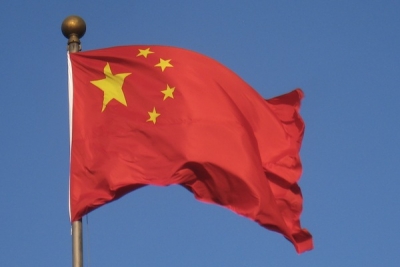China demand – why it is still the epicentre for shipping markets

Last week analysts from Evercore ISI explained why China is still the epicentre for the shipping markets looking at both the dry bulk and tanker sectors.
Shipping analyst Jon Chappell ran the bank’s 2nd annual “China and shipping”, which featured the inights of Donald Straszheim, who is the bank’s China Strategist. The hour-long meeting covered both the dry bulk and tanker sectors of the marketplace, combining Staszheim’s deep views into China and its economy with Chappell’s channeling of this data into implications for the shipping markets, and the implications for investing in shipping equities. The tanker strength, and the “rally” in the drybulk hires observed earlier this year comports with the observations from this expert team at Evercore ISI.
In Straszheim’s words, the outlook for China “does not look very good” in spite of a run of more favorable data in 2nd half 2015 into the first part of 2016. He told the audience, “old China, and heavy industry- that sector is done for”, after describing China’s huge push to build its steel industry.
On matters of energy, he explained that China is transitioning “out of dirty and into clean”. Oil imports are likely to keep up with China’s overall growth in energy consumption, with deviations around the trend when oil stock-piling purchases, and the actions of smaller “teapot” refineries, drive up demand. This happened earlier in 2016 when long queues of VLCC’s waiting for discharge in China created a temporary vacuum in the lists of vessels available to load in the Arabian Gulf.
For the shipping markets, Chappell reiterated that the rapid rise in steel production had driven China’s iron ore imports- but that now, after a plateau over the past two years, steel production in China might even decline. According to the analyst, this would likely lead to a decline in iron ore imports. Chappell has not thrown in the towel on the drybulk market- though he raised the questions of what he termed “The New Demand Dynamic”- growth at annual rates of circa 1% - 2%. He said that decreased imports of iron ore and coal in 2015 “drove global bulk trade growth back to zero,” in 2015.
On the other hand, he suggested that China’s iron ore demand might be bolstered, with a resumption of annual increases if China moves aggressively away from (lower quality) domestic iron ore in the face of steel production growth - albeit not at the torrid pace of the previous decade. So, “it might not be the death knell that people thought,” according to Chappell. Coal offers less promise, according to Jon Chappell, who declared that “It does appear that coal is dead,” after citing sharp declines in China’s imports of the commodity in 2014 and 2015, with a flat outlook predicted for 2016, even after an uptick in the early part of the year.
LNG – part of China’s clean energy picture, presents a mixed picture. Chappell points to oversupply of LNG vessels that will be worked down as projects come online, albeit with delays. But he notes projections by his colleague, Strazsheim, for gas to fuel a growing part of China’s energy production mix, could bring about “a massive amount of demand.” The demand for molecules, if it comes about, will not all lead to LNG imports; China also sources gas from Russia via pipelines- as detailed by Straszheim, so the maritime impact might be muted.
HEADLINES
- Do shipping markets want Biden or Trump for the win?
- All 18 crew safe after fire on Japanese-owned tanker off Singapore
- Singapore launching $44m co-investment initiative for maritime tech start-ups
- Cosco debuts Global Shipping Industry Chain Cooperation Initiative
- US warns of more shipping sanctions
- China continues seaport consolidation as Dalian offer goes unconditional